Circle of Fifths, scale theory introduction
Circle of Fifths is something that repeatedly are mentioned when talking about music. There are many different reasons to pull this piece of music theory out. It easilly explains which chords harmonices together, how chrods are related to each other, what the different modes are, etc.
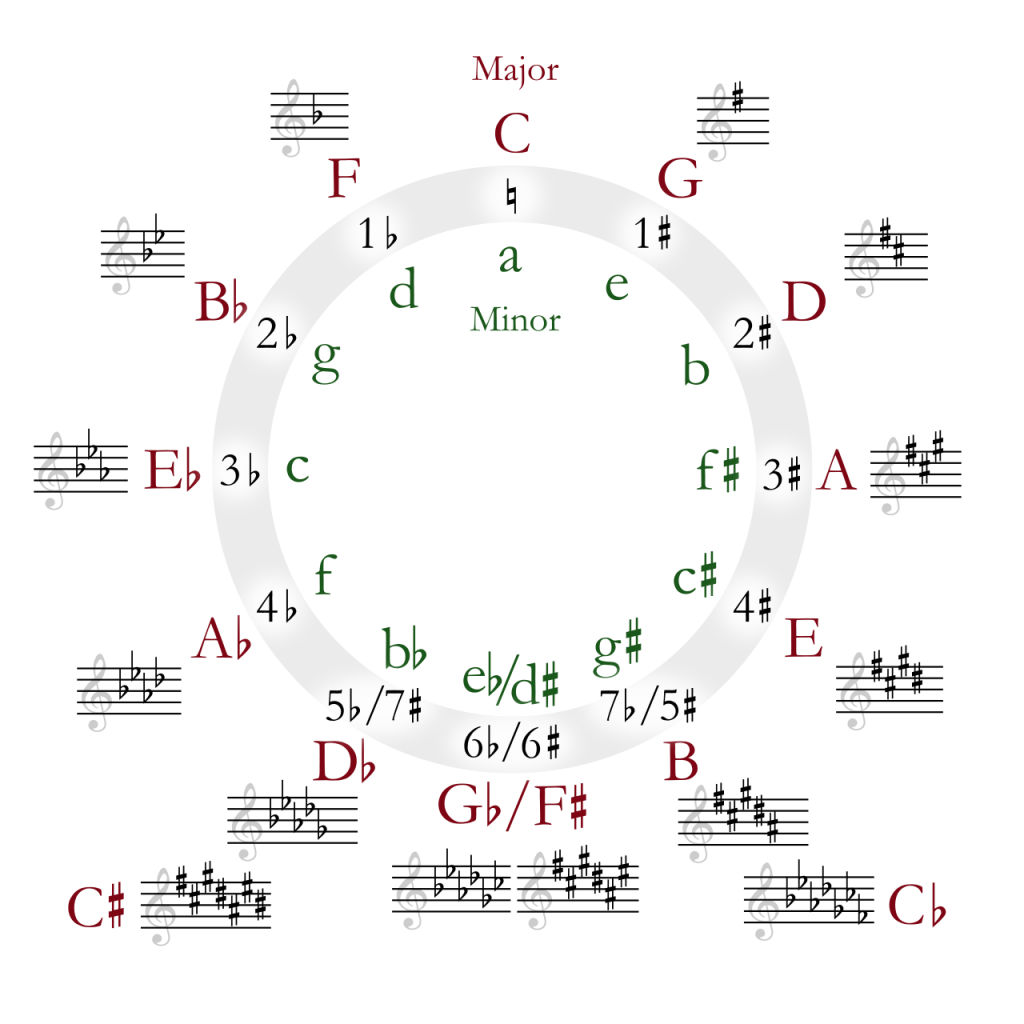
Now first, the circle of fifths is like a dial with 12 slots, one for each note, each half step. But instead of going chronological up the keys, it moves a fifth up for each step clockwise. This way it is very easy to find how the chords relates to each other.
As you can see, there are two names on each step, that is the Major chord, and its relative minor. Each step also associates with a certain number of flats or sharps.
We will stick to C Major and A Minor for the remainer of this article, so we can stick to the white keys on the piano. The black keys referring to the sharps and flats.
Let us start with a C Major chord, thats a C as root, an E as third, and G as fifth. The C Major scale is C - D - E - F - G - A - B. Counting from the C, called the Base Note, the D is the second, E is third, etc., ending with B as the seventh.
A Minor is the relative minor to C Major. A way of nominating these are by using roman numerals, where I is the base note, capital letters used for Major keys, and lower case for minor keys. Remaining in the key of C Major, marking the scale with roman numerals we get I - ii - iii - IV - V - vi - vii°. The degree symbol on the seventh means a diminished minor. So the chords in C Major is C, Dm, Em, F, G, Am, Bm°.
Looking at the A minor chords, thats an A as root, C as third, and E as fifth. The A Minor scale is A - B - C - D - E - F - G. In roman numerals, i - ii° - III - iv - v - VI - VII. As you can see its all the same chords, even the same diminished chord, just that the scale is moved six steps, as Am is the vi of C.
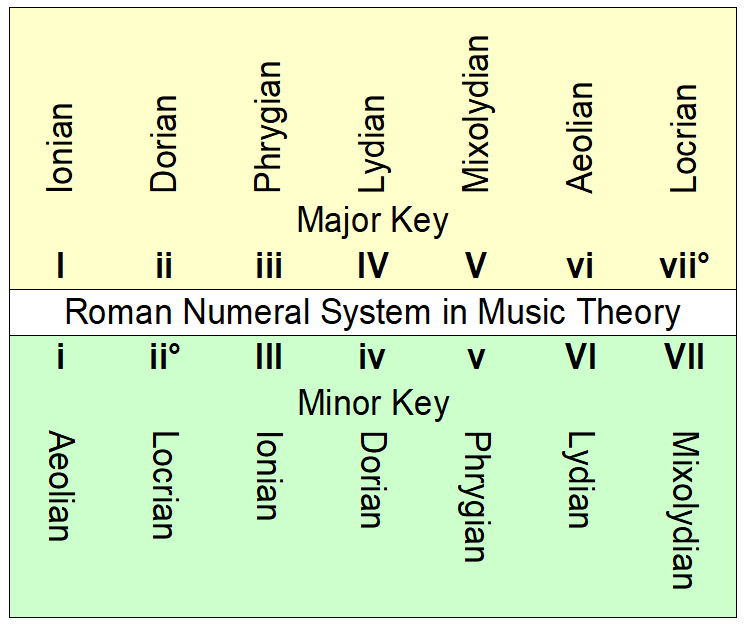
Each of the roman numerals are also a mode, with its own scale, not to be confused by the Major or Minor scales of the same name.
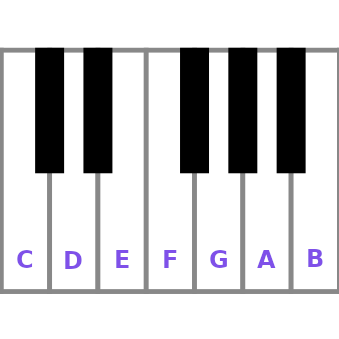
The Major scale is also called the Ionian scale. We already covered it. The following scales I use referance to the key of C.
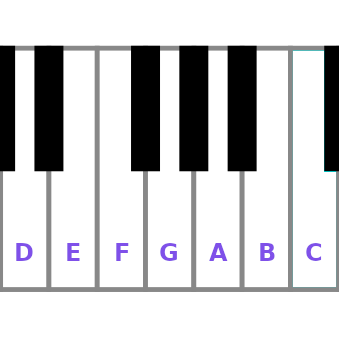
The ii scale is Dorian, in this case D. Its as follows: D - E - F - G - A - B - C.
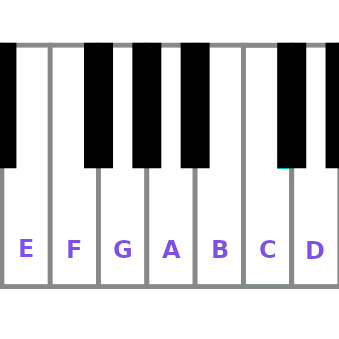
The iii scale is Phrygian, in this case E. Its as follows: E - F - G - A - B - C - D.
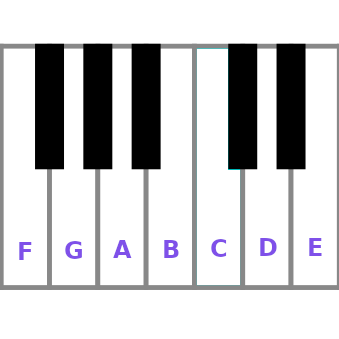
The IV scale is Lydian, in this case F. Its as follows: F - G - A - B - C - D - E.
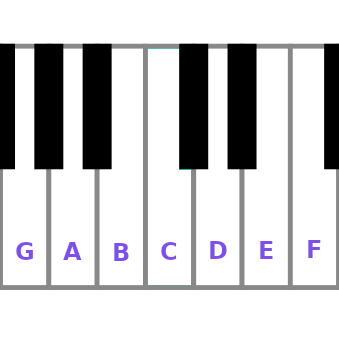
The V scale is Mixolydian, in this case G. Its as follows: G - A - B - C - D - E - F.
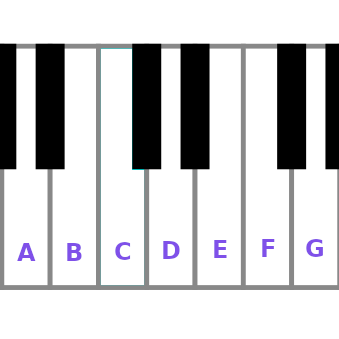
The iv scale is Aeolian, also known as Minor scale, and already covered.
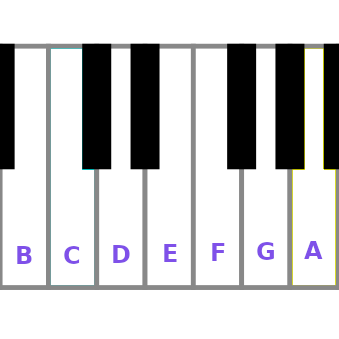
Finally, the vii° scale is Locrian, in this case B, and is as follows: B - C - D - E - F - G - A.
Knowing these scales and modes are very helpful when composing or improvising over a song. Knowing which major or minor chord belongs to a specific key makes it easy to write music that sounds good. Knowing the scales of each mode allows you to improvise within the space of harmony of each chord where it belongs in the key.
To learn more about this I suggest you check some of the links below.


